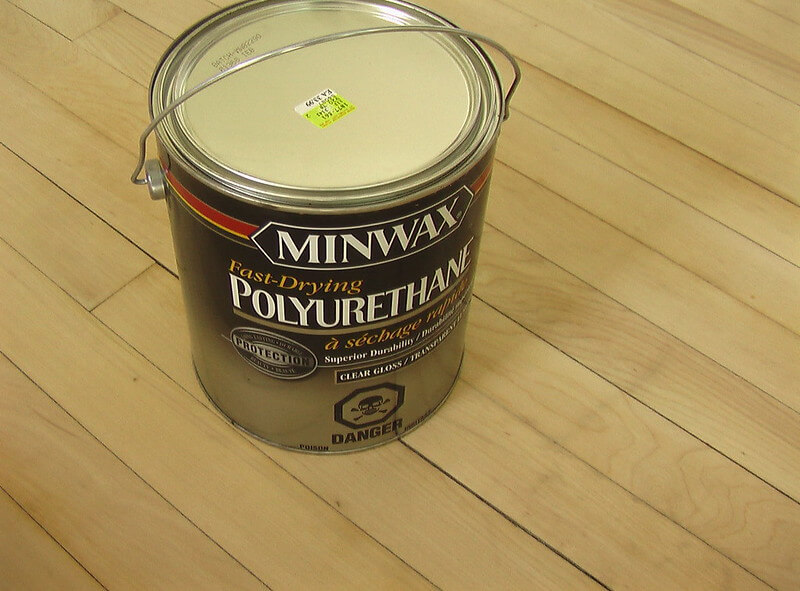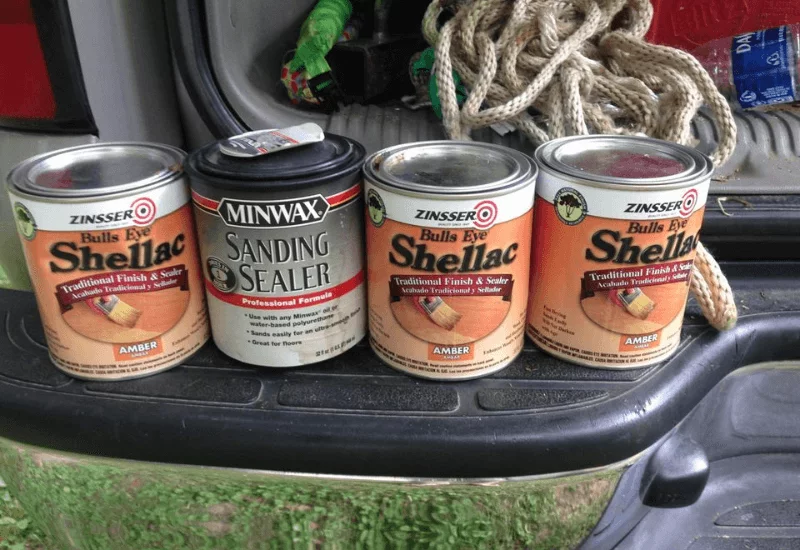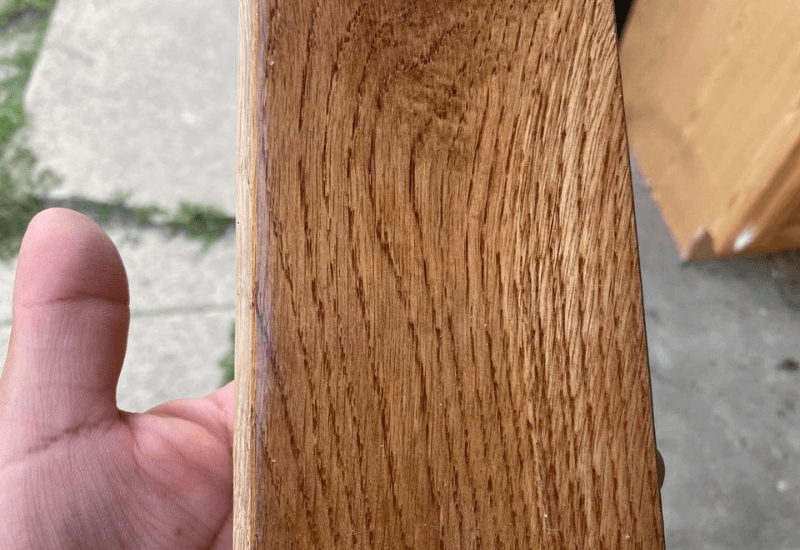Whether it’s an old floor or a new one choosing between shellac and polyurethane finish boils down to durability, drying time, and appearance.
In this article, we analyze shellac vs polyurethane finishes to see what is the ultimate finish for your wooden floor.
Choosing a finish for your wooden floor
When choosing a finish for your flow, you ought to consider a few things. Floors unlike a dining table are subject to frequent and heavy abuse. there your choice of finish should be able to cater to heavy use, in other words, a durable finish is best for floors.

Another essential factor is the curing and drying time of the finish. It is crucial that you consider this especially if you are already occupying the house. Some finish dry and cure faster than others though maneuverability can be used for the slower drying finishes as is later discussed in the article.
shellac vs poly

As stated earlier we will review shellac vs poly in three aspects:
Durability
When it comes to durability polyurethane is the clear winner over shellac. Polyurethane finish offers better protection not only against moisture but also heat, alcohol, and heavy use. Shellac is an evaporative finish that cures by the action of its solvent evaporating and leaving behind a layer of dense shellac particles. This shellac layer is not nearly as wear-resistant as a polyurethane coat.
Drying/Curing Time
Drying time and curing time are two different aspects. General finishes term drying time as
The recommended length of time between coats of product, often called recoat time, while cure time is the length of time recommended before subjecting your finished project to daily use.
When it comes to drying and curing, shellac is the obvious winner as poly takes days to cure whereas shellac is a matter of hours.
Appearance

At first glance, shellac seems to be winning with its richer look and dust-free result due to a quicker drying time. However, shellac is only available in a gloss sheen. On the other hand, polyurethane is available in sheens from matte to high gloss. Though a matte sheen is not advisable for floors.
Shellac vs polyurethane: verdict
Polyurethane is the clear winner in shellac vs polyurethane for floors. Shellac is not nearly as durable as polyurethane. Shellac is fast drying and curing but due to its low wear resistance, it’s not just a good fit for high-traffic areas like floors.
If applying poly on your floors while occupying the house you can leave out half sections of hallways and stairs for your family to use while one side is drying.
On matters of appearance, some people express dissatisfaction with the plastic look of poly. The good news is going with a satin polyurethane finish will not have the overly glossy look associated with a plastic look.
Another option is using polyurethane over shellac in this sense the shellac is used as a sanding sealer.
What polyurethane to choose for your floor
There are two types of polyurethane you might choose to go with; water-based poly and oil-based poly.
Oil-based poly seems to be amber or yellow over time. This effect seems to work well with darker boards like oak, ipe, and such. Water-based poly will not have this amber effect on wood.
Oil-based polyurethane is better lasting than water-based polyurethane however, Water-based has less solvent and hence less fume. in this sense if you don’t want to deal with the strong pungent smell of solvents water-based poly will be a good choice.
Apart from less smell, water-based poly is also easier to clean. But be aware that water-based poly will raise grain in wood and you need to prepare for this.